Spectrum 2G vs. 5G: Detailed Comparison and Review
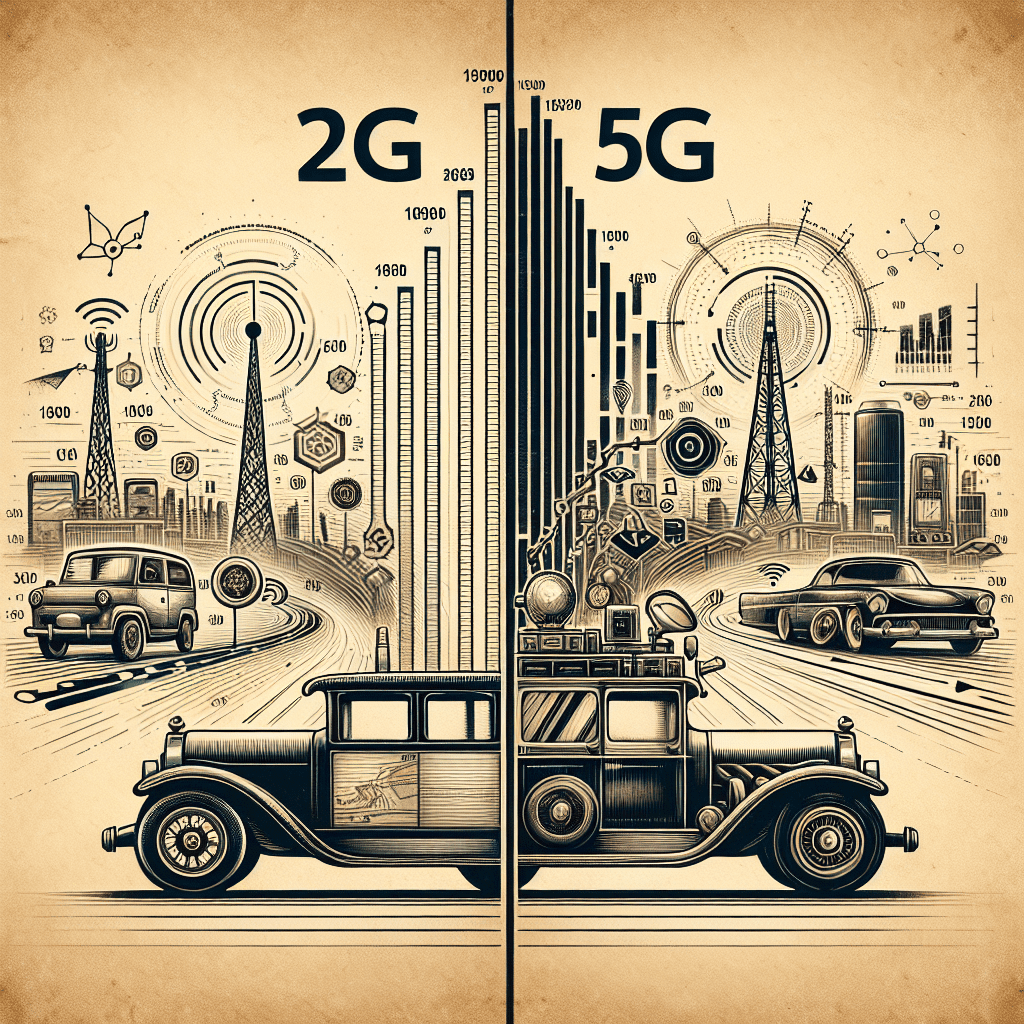
Understanding 2G and 5G Technologies
The development, capabilities, and applicability of both the 2G and new 5G technologies in the growing era of mobile telecommunications.
The 2 G which is abbreviated of the second-generation wireless technology launched in early 1990, and it was a step up from its predecessor. Again, using a digital instead of analog encryption for voice calls and allowing essential data services such as sms and mms. 2G operated on mostly GSM networks, which enabled voice communication and a certain degree of low-speed data communication.
In marked contrast, 5G, which was rolled out in the late 2010s as a fifth-generation technology represents a quantum breakthrough created to cater to the demands of an inter-connected global marketplace. 5G speed is significantly faster than 4G with downlink speeds of around 20 Gbps, very low latency of 1ms or less and will support URLLC (ultra-reliable low-latency communication) mMTC (massive machine-type communications), and eMBB (enhanced mobile broadband). It enables future-proof applications in the field such as VR, autonomous vehicles and smart cities, while at the same time being able to connect millions of devices in real-time.
In short, unlike that first call on 2G, 5G will be different-it’s going to change everything for good or at least a lot of things.
Historical context of 2G
The second generation of communication networks – 2G (a.k.a. Second Generation Mobile Networks newly introduced in the early 1990s) – was a big step-up from the analog systems that powered 1G, as it relied on advances in digital encoding to optimize voice communications between mobile and land line unit parties. When Radiolinja in Finland commercially launched 2G networks were first introduced, these 2G networks commenced using digital signals that transmitted employing a new technology called DTDMA (Digital Time Division Multiple Access). The global adoption of this GSM (Global System for Mobile Communications) standard drove the migration into 2G through features such as SMS (Short Message Service or “texting”), MMS (Multimedia Messaging Service), and basic data calls such as WAP. This generation was marked by the growth of mobile phones and global penetration thanks to more compact, lower-cost devices with subscriber identity modules (SIMs) unique portable identity for every device and person having a valid address, which made communication services much more affordable. In conclusion, 2G in many ways paved the way for much of what came after – from the democratization of mobile communication, border-hopping interoperability between different systems and countries, to the bare-bone architecture required for future wireless advances.
Key advancements introduced by 5G
Wireless technology layer of 5G operates as the 5th generation uses solid core network improvements on the order of handset-local measures, in connection with coverage, and does not actually clearance from station to hand. The most notable improvement, aside for the speed factor, is that 5G will offer download speeds of up to 10 Gbps, greatly outpacing the top speed of about 200 kbps on 2G spawning lightning-speed data capabilities as well as seamless video streaming. Additionally, 5G has much lower latency times – as low as 1 millisecond, near the real-time speeds necessary for applications such as self-driving cars and remote surgery (2G had a 300 millisecond latency rate).
Capacity is another important advancement. With 5G, a million devices can be connected in a square kilometer, this is really huge compared to around 60,000 devices per square kilometer limit of 2G networks and it promises touches on IoT ecosystem. On top of faster speeds, 5G differentiates from other mobile technologies with a new urgency for reliability and power saving efficiency, while also breaking out the network slices – possibly the most important distinction provided by this latest mobile standard that pass on more bespoke connectivity solutions for different applications. Together, these advances align 5G as a foundational element for the sustained digitization of our lives coupled with an increasingly connected and interactive digital environment.
Differences in underlying technology
The main technological differences in 2G and a5G networks are huge and this has to do with their capabilities. 2nd Generation – 2G (Digital): 2G introduced data services for mobile, starting digital encryption for calls and SMS. In addition to previous generation, this would offer improved sound or image quality and the possibility of having conference calls or even video calls that are unheard of in devices that run on analog technology. The standards employed by 2G technologies covered TDM access methods that make these technologies greatly incompatible with each other. The key milestones initiated to deliver higher capacity and reduced cost on a per channel user basis were: GSM (Global system for Mobile Communications) – CDMA (Code Division Multiple Access).arsimples], limited email capability via [f|GPRS] (General Packet Radio Service), MMS (Multimedia Messaging Service) depended on GPRS availability) and WAP(Web Application Protocol).
5G, the fifth generation, is built for our modern hyper-connected world using new technologies like millimeter waves, massive MIMO (Multiple Input Multiple Output), beamforming. They allow ultra-high-speed data transfer, near-zero latency, and also support connection of a large number of devices at the same time. 5G networks lean on the cloudlike qualities of software-defined networks (SDN) and network function virtualization (NFV), making the infrastructure inherently more scalable and dynamic. After 2G prepared the world for mobile communications, 5G is due to dramatically change what can be connected with detached advancements in fields like IoT (Internet of Things), self-driving vehicles or smart cities.
Use cases for 2G and 5G
The use cases for 2G and 5G networks perfectly highlight the sizeable technological strides forward between the generations. Because 2G ( second generation of the mobile phone ) had served basic telecommunication needs so it is not much complex. The low data transfer speeds it offers (up to 50 kbps) Long been restricted to simple text/binary-type communication and in situations where the high speed is not essential. As a result, 2G networks continue to be employed for non-mission critical applications such as GPS vehicle tracking devices in remote or rural areas, thanks to their widespread availability and low cost compared to newer technologies.
5G, on the other hand, is at the pinnacle of the evolution in cellular technology, offering up to 10 Gbps data speeds and ultra-low latency with support for a large number of simultaneous connections. These are the characteristics that make 5G perfect for applications like autonomous driving, smart cities, augmented and virtual reality and industrial automation. Plus, reliable 5G connectivity enables an expanding Internet of Things (IoT) ecosystem to deliver new realms of healthcare, education, and entertainment. In other words, whereas 2G takes care of our fundamental connection needs, all we can expect as citizens from a tech-savvy future is that 5G begets 5God-only-knows-what.
Performance and Speed
The use cases for 2G and 5G networks perfectly highlight the sizeable technological strides forward between the generations. Because 2G ( second generation of the mobile phone ) had served basic telecommunication needs so it is not much complex. The low data transfer speeds it offers (up to 50 kbps) Long been restricted to simple text/binary-type communication and in situations where the high speed is not essential. As a result, 2G networks continue to be employed for non-mission critical applications such as GPS vehicle tracking devices in remote or rural areas, thanks to their widespread availability and low cost compared to newer technologies.
5G, on the other hand, is at the pinnacle of the evolution in cellular technology, offering up to 10 Gbps data speeds and ultra-low latency with support for a large number of simultaneous connections. These are the characteristics that make 5G perfect for applications like autonomous driving, smart cities, augmented and virtual reality and industrial automation. Plus, reliable 5G connectivity enables an expanding Internet of Things (IoT) ecosystem to deliver new realms of healthcare, education, and entertainment. In other words, whereas 2G takes care of our fundamental connection needs, all we can expect as citizens from a tech-savvy future is that 5G begets 5God-only-knows-what.
Data transfer rates of 2G
The use cases for 2G and 5G networks perfectly highlight the sizeable technological strides forward between the generations. Because 2G ( second generation of the mobile phone ) had served basic telecommunication needs so it is not much complex. The low data transfer speeds it offers (up to 50 kbps) Long been restricted to simple text/binary-type communication and in situations where the high speed is not essential. As a result, 2G networks continue to be employed for non-mission critical applications such as GPS vehicle tracking devices in remote or rural areas, thanks to their widespread availability and low cost compared to newer technologies.
5G, on the other hand, is at the pinnacle of the evolution in cellular technology, offering up to 10 Gbps data speeds and ultra-low latency with support for a large number of simultaneous connections. These are the characteristics that make 5G perfect for applications like autonomous driving, smart cities, augmented and virtual reality and industrial automation. Plus, reliable 5G connectivity enables an expanding Internet of Things (IoT) ecosystem to deliver new realms of healthcare, education, and entertainment. In other words, whereas 2G takes care of our fundamental connection needs, all we can expect as citizens from a tech-savvy future is that 5G begets 5God-only-knows-what.
Data transfer rates of 5G
The data transfer rates offered by the 5G technology is extremely high when compared to its predecessor 4G due to the use of Millimeter waves & Massive MIMO (Multiple Input Multiple Output) — Full Duplex Communication can be utilized, offering peak download speeds up to about 10 Gbps– roughly,100 times faster than 4G, making possible higher spectral efficiencies with millimeter wave stations. Real-world 5G download speeds are expected to fall between 100 Mbps and 1 Gbps in actual usage scenarios, which would be determined by workload, distance from the tower, network congestion, and the spectrum bands used. This high-speed data transfer opens up a world of possibilities for streaming 4K and beyond, faster downloads, and a richer experience in immersive applications like virtual and augmented reality. With 5G networks growing and maturing, this data transfer is expected to scale even more that could change the way we currently access digital content on the internet.
Real-world performance comparisons
The gap is fairly large in favor of 5G when it comes to how the network performs in reality looking at the other end of the spectrum compared to 2G, taking into consideration decades-worth of tech upgrades. 2G. introduced in the early 1990s, enabled the transmission of digital data as well as voice. In comparison, the update of 5G, the final generation, offers revolutionary progress with speeds around 100 times quicker than 4G and reduced latency levels as small as a single millisecond.
In real-world terms, 2G’s peak data rate of 64 Kbps is not sufficient to deliver popular contemporary applications that demand higher bandwidth (such as streaming video or live navigation). By contrast, 5G speeds can reach more than 1 Gbps download speed to make big file downloading a matter of seconds and enable technologies like AR, VR and IoT.
However, 2G networks can be easily disrupted and are limited in spectral efficiency. On the other hand 5G using advanced techniques such as massive MIMO (Multiple Input, Multiple Output) and beamforming provides solid, efficient and reliable connection in a huge variety of physiological scenarios. This way, 5G is far from being pale in comparison to the 2G in actual use and will be the main focus of mobile communication in the future.
Latency differences
The gap is fairly large in favor of 5G when it comes to how the network performs in reality looking at the other end of the spectrum compared to 2G, taking into consideration decades-worth of tech upgrades. 2G. introduced in the early 1990s, enabled the transmission of digital data as well as voice. In comparison, the update of 5G, the final generation, offers revolutionary progress with speeds around 100 times quicker than 4G and reduced latency levels as small as a single millisecond.
In real-world terms, 2G’s peak data rate of 64 Kbps is not sufficient to deliver popular contemporary applications that demand higher bandwidth (such as streaming video or live navigation). By contrast, 5G speeds can reach more than 1 Gbps download speed to make big file downloading a matter of seconds and enable technologies like AR, VR and IoT.
However, 2G networks can be easily disrupted and are limited in spectral efficiency. On the other hand 5G using advanced techniques such as massive MIMO (Multiple Input, Multiple Output) and beamforming provides solid, efficient and reliable connection in a huge variety of physiological scenarios. This way, 5G is far from being pale in comparison to the 2G in actual use and will be the main focus of mobile communication in the future.
Coverage and Availability
It is a fact that when we compare based on coverage and reach of 2G vs. 5G networks it’s no less than the sky and earth where one is the base and other launched few years Ago so for sure there will visible difference.
2G networks date from the 1990s and, are global at low cost even in the most barely populated areas. The system’s ubiquitous availability is in part because of the legacy infrastructure and the lower frequency bands it uses (to these ends, T-Mobile also pursues low-frequency spectrum), which help its signals travel further and better penetrate buildings. As a result, the 2G network is still being used for essential telephone calls and SMS in these rural and underdeveloped areas.
By comparison 5G networks – which started becoming a reality in late 2010s – remain low in coverage, but they are expanding fast. These bands work primarily on very high frequencies, including millimeter wave signals, which can deliver much faster data speeds but have a smaller reach and cannot penetrate objects as well. For, this reason that to begin with; 5G is deployed in urban and high-density areas with the highest interest in fast internet. It is expected to expand as infrastructure improves and lower frequency 5G bands are employed over time to eventually ensure a more widespread and stable availability.
Global reach of 2G networks
It is a fact that when we compare based on coverage and reach of 2G vs. 5G networks it’s no less than the sky and earth where one is the base and other launched few years Ago so for sure there will visible difference.
2G networks date from the 1990s and, are global at low cost even in the most barely populated areas. The system’s ubiquitous availability is in part because of the legacy infrastructure and the lower frequency bands it uses (to these ends, T-Mobile also pursues low-frequency spectrum), which help its signals travel further and better penetrate buildings. As a result, the 2G network is still being used for essential telephone calls and SMS in these rural and underdeveloped areas.
By comparison 5G networks – which started becoming a reality in late 2010s – remain low in coverage, but they are expanding fast. These bands work primarily on very high frequencies, including millimeter wave signals, which can deliver much faster data speeds but have a smaller reach and cannot penetrate objects as well. For, this reason that to begin with; 5G is deployed in urban and high-density areas with the highest interest in fast internet. It is expected to expand as infrastructure improves and lower frequency 5G bands are employed over time to eventually ensure a more widespread and stable availability.
Regions with 5G deployment
It is a fact that when we compare based on coverage and reach of 2G vs. 5G networks it’s no less than the sky and earth where one is the base and other launched few years Ago so for sure there will visible difference.
2G networks date from the 1990s and, are global at low cost even in the most barely populated areas. The system’s ubiquitous availability is in part because of the legacy infrastructure and the lower frequency bands it uses (to these ends, T-Mobile also pursues low-frequency spectrum), which help its signals travel further and better penetrate buildings. As a result, the 2G network is still being used for essential telephone calls and SMS in these rural and underdeveloped areas.
By comparison 5G networks – which started becoming a reality in late 2010s – remain low in coverage, but they are expanding fast. These bands work primarily on very high frequencies, including millimeter wave signals, which can deliver much faster data speeds but have a smaller reach and cannot penetrate objects as well. For, this reason that to begin with; 5G is deployed in urban and high-density areas with the highest interest in fast internet. It is expected to expand as infrastructure improves and lower frequency 5G bands are employed over time to eventually ensure a more widespread and stable availability.
Urban vs. rural availability
It is a fact that when we compare based on coverage and reach of 2G vs. 5G networks it’s no less than the sky and earth where one is the base and other launched few years Ago so for sure there will visible difference.
2G networks date from the 1990s and, are global at low cost even in the most barely populated areas. The system’s ubiquitous availability is in part because of the legacy infrastructure and the lower frequency bands it uses (to these ends, T-Mobile also pursues low-frequency spectrum), which help its signals travel further and better penetrate buildings. As a result, the 2G network is still being used for essential telephone calls and SMS in these rural and underdeveloped areas.
By comparison 5G networks – which started becoming a reality in late 2010s – remain low in coverage, but they are expanding fast. These bands work primarily on very high frequencies, including millimeter wave signals, which can deliver much faster data speeds but have a smaller reach and cannot penetrate objects as well. For, this reason that to begin with; 5G is deployed in urban and high-density areas with the highest interest in fast internet. It is expected to expand as infrastructure improves and lower frequency 5G bands are employed over time to eventually ensure a more widespread and stable availability.
Challenges in expanding 5G coverage
It is a fact that when we compare based on coverage and reach of 2G vs. 5G networks it’s no less than the sky and earth where one is the base and other launched few years Ago so for sure there will visible difference.
2G networks date from the 1990s and, are global at low cost even in the most barely populated areas. The system’s ubiquitous availability is in part because of the legacy infrastructure and the lower frequency bands it uses (to these ends, T-Mobile also pursues low-frequency spectrum), which help its signals travel further and better penetrate buildings. As a result, the 2G network is still being used for essential telephone calls and SMS in these rural and underdeveloped areas.
By comparison 5G networks – which started becoming a reality in late 2010s – remain low in coverage, but they are expanding fast. These bands work primarily on very high frequencies, including millimeter wave signals, which can deliver much faster data speeds but have a smaller reach and cannot penetrate objects as well. For, this reason that to begin with; 5G is deployed in urban and high-density areas with the highest interest in fast internet. It is expected to expand as infrastructure improves and lower frequency 5G bands are employed over time to eventually ensure a more widespread and stable availability.
Impact on Industries and Consumers
It is a fact that when we compare based on coverage and reach of 2G vs. 5G networks it’s no less than the sky and earth where one is the base and other launched few years Ago so for sure there will visible difference.
2G networks date from the 1990s and, are global at low cost even in the most barely populated areas. The system’s ubiquitous availability is in part because of the legacy infrastructure and the lower frequency bands it uses (to these ends, T-Mobile also pursues low-frequency spectrum), which help its signals travel further and better penetrate buildings. As a result, the 2G network is still being used for essential telephone calls and SMS in these rural and underdeveloped areas.
By comparison 5G networks – which started becoming a reality in late 2010s – remain low in coverage, but they are expanding fast. These bands work primarily on very high frequencies, including millimeter wave signals, which can deliver much faster data speeds but have a smaller reach and cannot penetrate objects as well. For, this reason that to begin with; 5G is deployed in urban and high-density areas with the highest interest in fast internet. It is expected to expand as infrastructure improves and lower frequency 5G bands are employed over time to eventually ensure a more widespread and stable availability.
Application of 2G in early mobile communication
It is a fact that when we compare based on coverage and reach of 2G vs. 5G networks it’s no less than the sky and earth where one is the base and other launched few years Ago so for sure there will visible difference.
2G networks date from the 1990s and, are global at low cost even in the most barely populated areas. The system’s ubiquitous availability is in part because of the legacy infrastructure and the lower frequency bands it uses (to these ends, T-Mobile also pursues low-frequency spectrum), which help its signals travel further and better penetrate buildings. As a result, the 2G network is still being used for essential telephone calls and SMS in these rural and underdeveloped areas.
By comparison 5G networks – which started becoming a reality in late 2010s – remain low in coverage, but they are expanding fast. These bands work primarily on very high frequencies, including millimeter wave signals, which can deliver much faster data speeds but have a smaller reach and cannot penetrate objects as well. For, this reason that to begin with; 5G is deployed in urban and high-density areas with the highest interest in fast internet. It is expected to expand as infrastructure improves and lower frequency 5G bands are employed over time to eventually ensure a more widespread and stable availability.
Revolutionary changes brought by 5G in various sectors
It is a fact that when we compare based on coverage and reach of 2G vs. 5G networks it’s no less than the sky and earth where one is the base and other launched few years Ago so for sure there will visible difference.
2G networks date from the 1990s and, are global at low cost even in the most barely populated areas. The system’s ubiquitous availability is in part because of the legacy infrastructure and the lower frequency bands it uses (to these ends, T-Mobile also pursues low-frequency spectrum), which help its signals travel further and better penetrate buildings. As a result, the 2G network is still being used for essential telephone calls and SMS in these rural and underdeveloped areas.
By comparison 5G networks – which started becoming a reality in late 2010s – remain low in coverage, but they are expanding fast. These bands work primarily on very high frequencies, including millimeter wave signals, which can deliver much faster data speeds but have a smaller reach and cannot penetrate objects as well. For, this reason that to begin with; 5G is deployed in urban and high-density areas with the highest interest in fast internet. It is expected to expand as infrastructure improves and lower frequency 5G bands are employed over time to eventually ensure a more widespread and stable availability.
Consumer benefits and drawbacks
It is a fact that when we compare based on coverage and reach of 2G vs. 5G networks it’s no less than the sky and earth where one is the base and other launched few years Ago so for sure there will visible difference.
2G networks date from the 1990s and, are global at low cost even in the most barely populated areas. The system’s ubiquitous availability is in part because of the legacy infrastructure and the lower frequency bands it uses (to these ends, T-Mobile also pursues low-frequency spectrum), which help its signals travel further and better penetrate buildings. As a result, the 2G network is still being used for essential telephone calls and SMS in these rural and underdeveloped areas.
By comparison 5G networks – which started becoming a reality in late 2010s – remain low in coverage, but they are expanding fast. These bands work primarily on very high frequencies, including millimeter wave signals, which can deliver much faster data speeds but have a smaller reach and cannot penetrate objects as well. For, this reason that to begin with; 5G is deployed in urban and high-density areas with the highest interest in fast internet. It is expected to expand as infrastructure improves and lower frequency 5G bands are employed over time to eventually ensure a more widespread and stable availability.
Future trends
It is a fact that when we compare based on coverage and reach of 2G vs. 5G networks it’s no less than the sky and earth where one is the base and other launched few years Ago so for sure there will visible difference.
2G networks date from the 1990s and, are global at low cost even in the most barely populated areas. The system’s ubiquitous availability is in part because of the legacy infrastructure and the lower frequency bands it uses (to these ends, T-Mobile also pursues low-frequency spectrum), which help its signals travel further and better penetrate buildings. As a result, the 2G network is still being used for essential telephone calls and SMS in these rural and underdeveloped areas.
By comparison 5G networks – which started becoming a reality in late 2010s – remain low in coverage, but they are expanding fast. These bands work primarily on very high frequencies, including millimeter wave signals, which can deliver much faster data speeds but have a smaller reach and cannot penetrate objects as well. For, this reason that to begin with; 5G is deployed in urban and high-density areas with the highest interest in fast internet. It is expected to expand as infrastructure improves and lower frequency 5G bands are employed over time to eventually ensure a more widespread and stable availability.
So what have we concluded?
To summarize – this comparison of the 2 nd generation and 5 th generation technologies just talk about how advance the mobile communication becoming revolutionary every other time. 2G provided digital voice communication, messaging services and rudimentary internet connectivity, effectively defining a category in which people engaged with one another. Even though it has its historical place, it has been quickly overshadowed by the later generations due to its lack of speed and capability.
5G, on the other hand, is a different ball game altogether – it boasts of ultra high-speed internet, low latency and better connectivity. This power to innovate things like the Internet of Things (IoT), smart cities, and self-driving cars can revolutionize industries and our day to day life. Although 2G is significant in portraying the story of change in mobile networks, 5G implications are wide and intense supporting seamless real-time communication along with high data handling. The transformation from 2G to 5G shows the drive for technology efficiency, speed and global economy interconnectivity becoming more interconnected than ever and greatly enhance user experience.
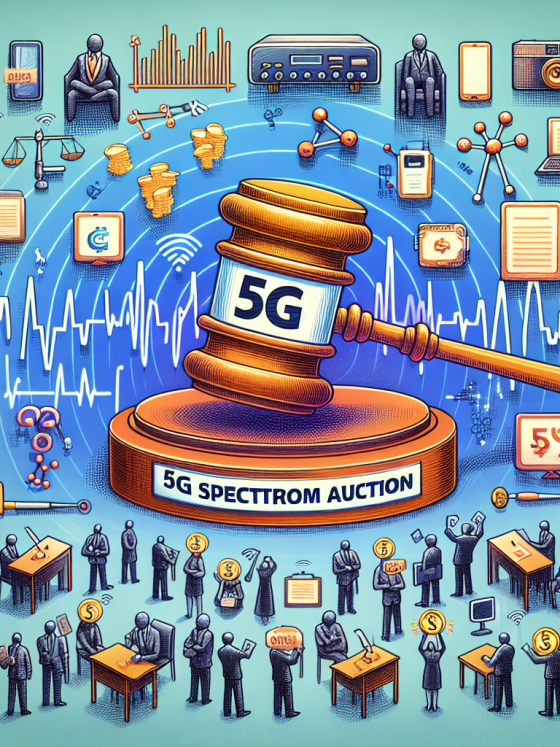
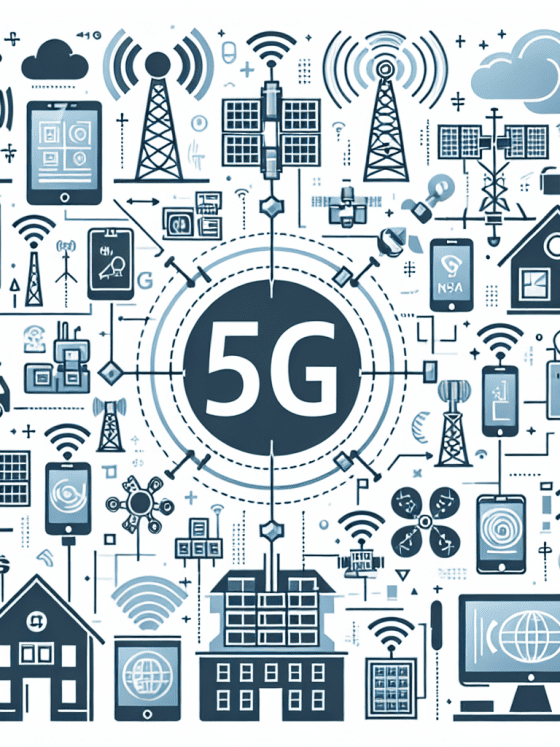
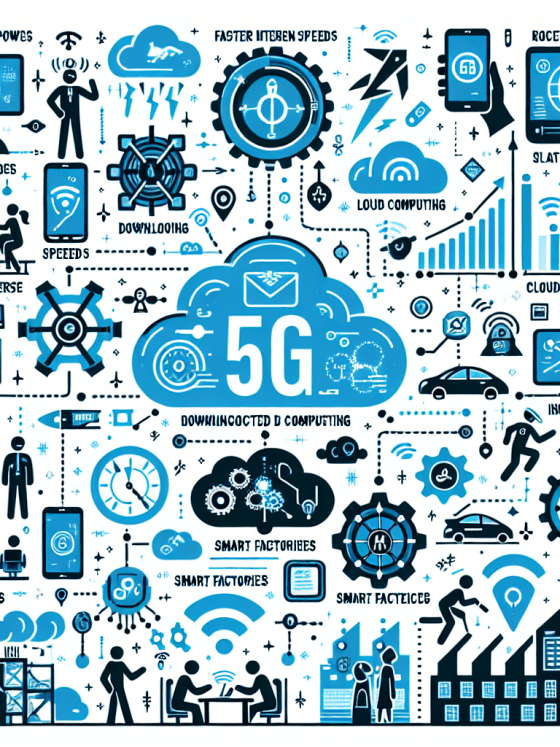
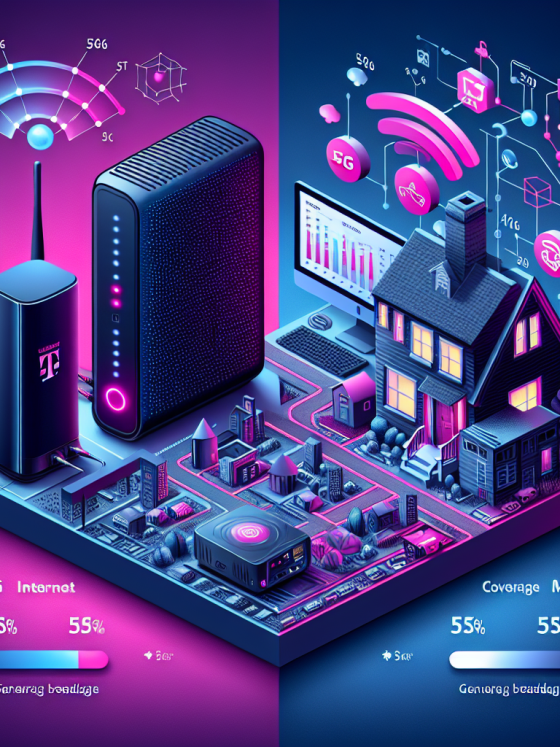
![Introduction to 5G Technology [PPT]](https://5ginnovations.top/wp-content/uploads/2024/07/introduction-to-5g-technology-ppt-560x747.jpg)
![Complete Guide to 5G Technology [PDF]](https://5ginnovations.top/wp-content/uploads/2024/07/complete-guide-to-5g-technology-pdf-560x747.jpg)